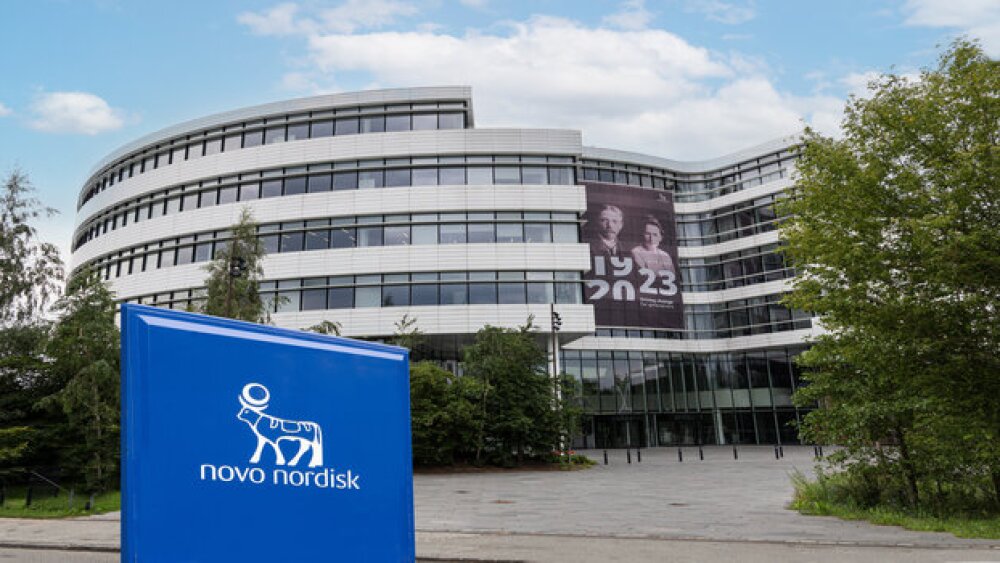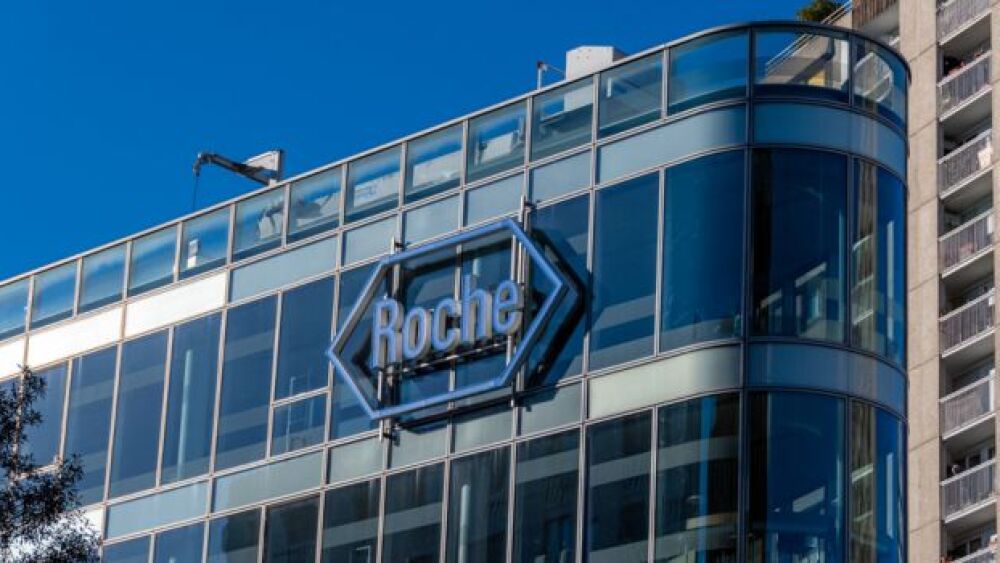Study, being conducted at TRACER Center of Expertise, University Medical Center in Groningen, The Netherlands, is evaluating safety, pharmacokinetics and feasibility to detect residual tumors and lymph nodes often missed by surgeons
Surgery remains a main pillar for the treatment of most solid tumors today, including breast cancer, head and neck squamous cell carcinoma (HNSCC), esophageal cancer and colorectal cancer, with postoperative margin status being one of the most important prognostic factors to determine the chance for recurrent disease or tumor metastasis. Despite the growing options in imaging modalities, techniques such as CT, MRI or ultrasound used for intra-operative navigation do not provide feedback in real-time during surgery and surgeons must rely upon pre-operative imaging data with tactile and visual information during surgery.
Since cancers are known to be more acidic than healthy tissue, OncoNano’s SHINe study is evaluating ONM-100, which targets the acidic pH environment within tumors to provide surgeons with a method to assess lymph nodes and tumor margins in real-time during surgery. ONM-100 features a digital on-off response to pH changes – switching on in the tumor’s acidic environment and remaining off in blood circulation and normal cells. By accurately distinguishing cancer cells from healthy tissues during surgery, ONM-100 has the potential to eliminate the “guesswork” often associated with the removal of tumors.
“While it is established that pH is a strong biomarker that can be used to distinguish cancer cells from healthy tissue, it has not been fully explored until now as a way to image, diagnose or treat tumors with therapeutic agents,” said Ravi Srinivasan, Ph.D., founder, President and Chief Executive Officer of OncoNano Medicine. “The initiation of our Phase 1 trial for tumor and lymph node detection is a tremendous milestone toward addressing the unmet need of enhanced visualization of tumors during surgery and sets the stage for us to reach our ultimate goal of improving patients’ lives.”
The SHINe study is an open-label, single center clinical trial to evaluate the safety , pharmacokinetics (PK) and imaging feasibility of ONM-100 in patients with solid cancers that require surgical excision. The study contains two parts – dose escalation and dose expansion. Phase 1a will be performed in a dose-escalating design to determine the range of optimal doses of ONM-100 that are safe and provide adequate contrast to noise ratio in detecting tumors in cancer patients undergoing surgery with breast cancer and HNSCC. The dose expansion will occur in Phase 1b to further characterize safety, PK and imaging at the dose selected from phase 1a.
“We are extremely pleased to be part of this clinical study that has the future potential to bring about important changes in optical imaging of cancer,” said Dr. G.M. Van Dam, professor of surgery and principal investigator at UMCG and CEO of TRACER EUROPE BV. “Being able to accurately visualize and differentiate healthy tissue from cancer cells during surgery is critical and despite tremendous advances in cancer diagnostics and treatment, there is still an unmet need in getting real-time information during surgery on whether you were able to remove all the diseased tissue.”
About OncoNano Medicine
OncoNano Medicine is developing a new class of pH-activated compounds that digitalize and exploit the variability of pH in disease. pH variability is a proven, simple and effective identifier of diseased tissue providing a foundation for the development of a broad range of highly targeted therapeutics and imaging agents. Our lead program, ONM-100, targets tumor acidosis to accurately differentiate cancer from healthy tissue for use in surgery. www.onconanomed.com
View source version on businesswire.com: https://www.businesswire.com/news/home/20180711005155/en/
Source: OncoNano Medicine, Inc.





